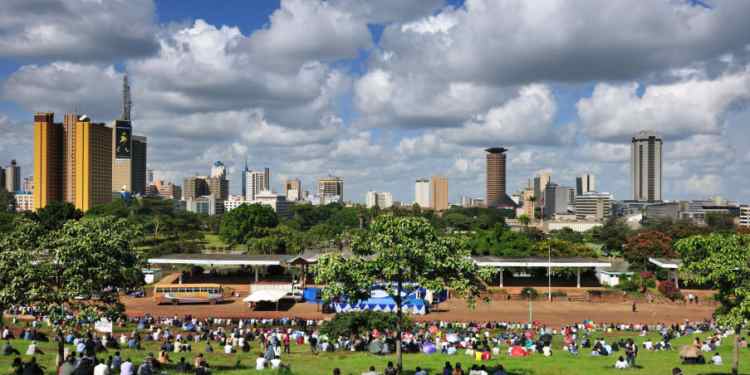The International Monetary Fund (IMF) has foreseen a surprise upward revision of Kenya’s Gross Domestic Product (GDP), conflicting IMF’s June projection of a 0.3% shrinkage in 2020 after the global COVID-19 pandemic it the country’s vital industries.
Several economic indicators have supported IMF’s change in outlook, including a rebound in tourism activities as well as the vibrant flower market.
Kenya’s flower industry, the largest exporter of blooms to Europe, saw export earnings increase in the period through July, as did those of tea and fruit compared to last year, according to data from the statistics agency.
According to the Kenya Flowers Council, demand for Kenya’s flowers has recovered to almost 85%, with expectations for the industry to recover by 2021 fully.
KNBS data shows that the volume of cut flowers exported decreased from 49,163 metric tonnes in the first quarter of 2019 to 42,639 metric tonnes in Q1 2020. Flower exports to the Netherlands decreased while exports to the United Kingdom increased.
On the other hand, horticulture exports earnings increased by 11% between January and May 2020 to KSh 72 billion. This compares to KSh65 billion for the same period last year.
Read Also: South Africa’s Economy to Shrink by 7.2% – IMF
Parliament’s budget office has also revised its growth outlook to between 1% to 2% from an earlier forecast of -1.5% to 1% in April 2020, citing better than expected agricultural exports.
Tea and horticulture accounted for the majority of the domestic exports, at KSh 34.1 billion and 35.3 billion, respectively.
Furthermore, the country is in talks with the World Bank for a loan to provide further budget support after receiving $1 billion in May, which followed a $750 million package approved in 2019.
The budget gap of Kenya’s economy is seen at 840.6 billion shillings ($7.8 billion) in the current fiscal year, or 7.5% of gross domestic product.
See Also:




